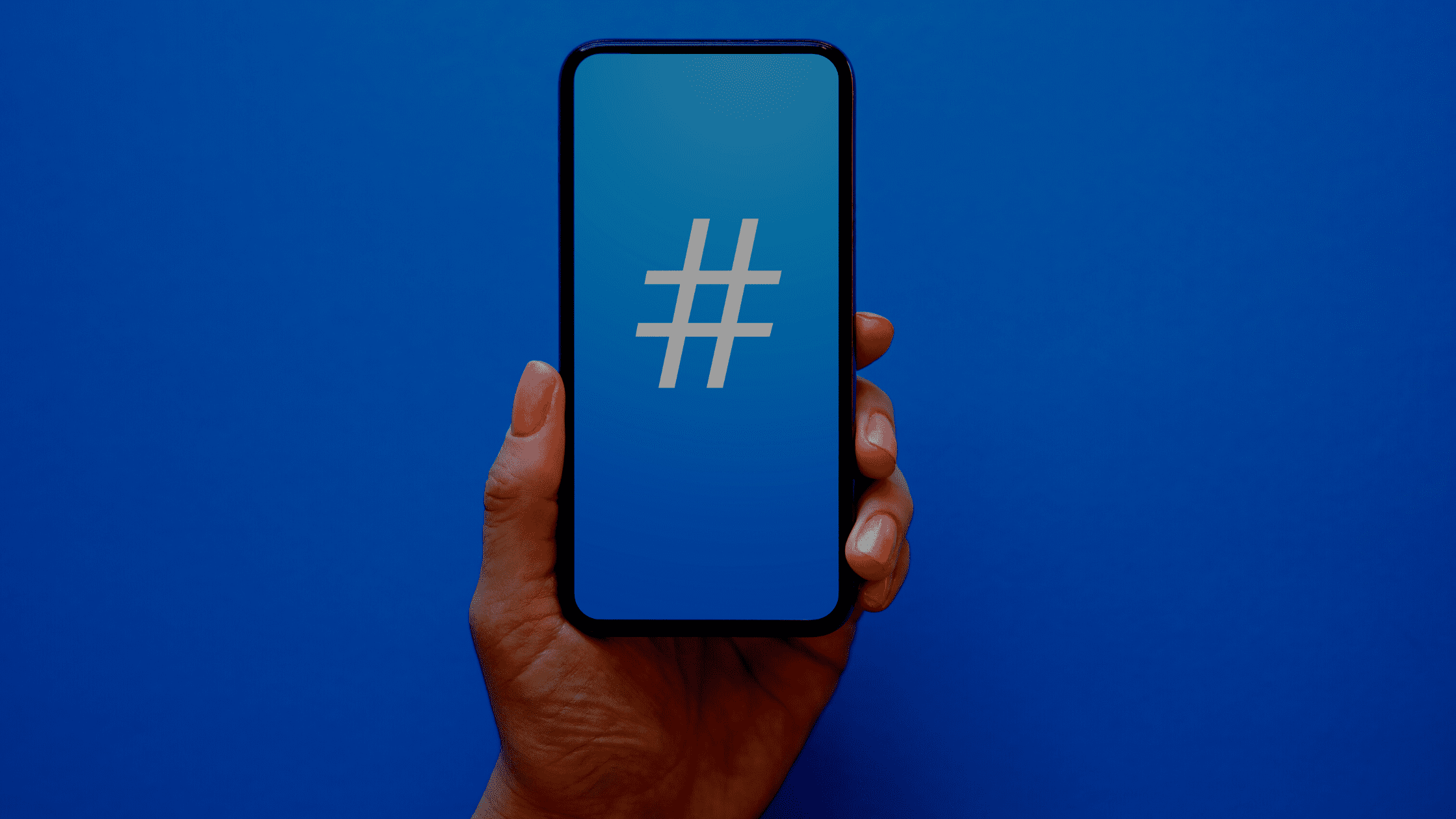Many advertisers are rethinking their marketing approach on Twitter following recent changes, including relaxed content moderation, reinstated problematic accounts, and the massive layoffs that have taken place since Elon Musk purchased the platform in late October.
Half of Twitter’s top one hundred advertisers “have either announced or seemingly stopped advertising” on Twitter, according to a recent analysis, amid boycott calls from civil rights and advocacy groups.
Because of the reduced staff, users are reporting an array of glitches, including issues with two-factor authentication, paused campaigns turning on, ads running alongside ‘hardcore antisemitism and adult spam,” and limited ability to modify campaigns.
Some advertisers have reported a significant drop in ad performance, potentially due to ad server problems. Since early November, reports of a spike in hate speech; accounts who succeeded at impersonating popular figures by gaming the new subscription blue checkmark. We are also seeing Chinese-controlled accounts dominating platform trends and searches.
Should Marketers Halt Ads on Twitter?
The decision to halt media on Twitter in the midst of divisive tactics, platform glitches, and relaxed content moderation policies rests upon each company’s qualitative comfort with the unknown, the controversial, and quantitative projection of bottom line impact.
Twitter was the sixth largest social media company in terms of ad revenue in 2021. As brands head into the holidays and planning for 2023, the prospect of cutting spend on Twitter altogether can impact on projected revenue plans.
Brands that advertise on Twitter may experience platform glitches and should expect delays from communications with Twitter representatives. Clients located in the APAC region may experience the biggest lags and glitches, considering that Twitter’s APAC team was significantly reduced. As advertisers flock to other platforms to make up for potential lost spend on Twitter, competition and costs may increase on these competitive platforms.
We recommend marketers pay close attention to any content (including organic posts) they are posting on Twitter, given the platform’s evolving moderation policies, reported glitches, and other brand safety items reported. We also recommend brands speak with their legal, PR and marketing teams about the potential risks on the platform and have a contingent crisis communications plan in place, should it be needed. We do not recommended testing this channel, or exploring this as a media mix, without proven results given the recent issues.
In the meantime, we will continue to monitor the Twitter landscape and will advise of any new changes. If you need assistance with your Twitter campaigns – or with any digital marketing strategies – please contact us today. Our experts are here to help.







